 You’re never too young to ensure a glowing complexion.
You’re never too young to ensure a glowing complexion.
Even in your 20s, fine lines—the harbinger of wrinkles—may start to appear. But a study in the American Journal of Clinical Nutrition shows that what you eat can combat the photoaging that leads to wrinkles.
Using both food questionnaires and scientific analyses of ultraviolet damage in 2,000 people in Australia, Greece, and Sweden, researchers found that those eating healthy monounsaturated fats from olive oil—along with antioxidant vegetables, especially leafy greens—had the least wrinkling or photoaging. And flavonoids, found in apples and other fruits, were particularly protective.
To keep your skin glowing, it helps to avoid most dairy—but not yogurt. Also steer clear of saturated fats and sugar, researchers add.
Dr. Ann Louise’s Take:
Beauty is clearly more than skin deep. Eating a beauty-full diet, like the American Journal of Clinical Nutrition suggests, is definitely a recipe for beauty from within. As a nutritionist for over three decades, I’ve seen ample evidence that you can eat your way to beauty.
Perhaps the most obvious food/beauty connection is the essential fatty acid link. Essential fatty acids (especially from GLA) are absolutely critical to how you look. GLA-90 is vital in keeping cells moist and enhancing the barrier function of the skin, which in turn reduces water loss and inflammation.
Not only do the right fats give you dewy skin, but all healthy fats contribute to shiny hair and attractive nails. That’s because they assist in the absorption of beautifying vitamins A, D, E, and K. They also help transport oxygen throughout the body and act as precursors for hormones.
The Right Balance
The right mix of the hormones estrogen and progesterone is another key component of firm and well-hydrated skin. Besides negating the unbecoming effects of estrogen dominance from xenoestrogens (plastics, pesticides, and preservatives), the hormone progesterone lubricates your skin. If you notice facial hair, thinning hair, broken capillaries, irregular periods, irritability or mood swings, acne, liver or age spots, and/or yeast infections—along with dry, aging skin—you may need progesterone to balance out excess estrogen in your body.
Interestingly, a lack of vitamin B6 and zinc can contribute to progesterone deficiency—a deficiency I find in women from 18 to 80. These nutrients are notoriously absent in today’s diets due to food processing, too many sugary foods, and fast-food consumption.
Instead of man-made hormones, I recommend ProgestaKey, an all-natural progesterone cream that I formulated for my personal use when going through perimenopause. Since 75% of women experience some form of hormone imbalance, using this bio-identical hormone will help you balance both mental and physical symptoms.
Beauty Tips for All Ages
Every age seems to bring its own unique challenges, so pay attention to nutrition—whatever your life stage.
Teens & 20s: To fight acne, eat plenty of zinc-rich foods like pumpkin seeds, and take a copper-free multivitamin like Female Multiple with zinc. Copper is an antagonist to zinc, leading to excess copper, which can go hand in hand with estrogen dominance. Also, cut out sugar and all of its relatives (artificial and even natural sweeteners). But every day you can enjoy at least two whole low-glycemic fruits as snacks and treats (1/2 grapefruit, 1 apple or pear, ½ cup berries).
30s & 40s: To smooth out fine lines, make sure you’re getting plenty of vitamin E, which is deficient in even well-balanced diets. I recommend up to 800 IUs daily. You can even break open a 400 IU capsule of natural vitamin E to smooth gently onto any lines or scars on your face.
50s, 60s & Beyond: To combat aging skin and wrinkles, I personally take 25,000 IUs of vitamin A daily. Or if you would prefer, open and mix 4 capsules of vitamin A (25,000 IUs each) and 10 capsules of vitamin E (100 IUs each), combining in your favorite moisturizer for super-antioxidant skin protection.
Bonus Tip: HCl+2, a source of hydrochloric acid, pepsin, and ox bile, is my secret weapon for flawless skin. In my consulting practice, I find this potent digestive aid and source of acid (which decreases with age and stress) can heal rosacea, severe eczema, and boils within one to three months—regardless of age or stage of life.
Sources:
Before the Change
The Living Beauty Detox Program
https://www.ncbi.nlm.nih.gov/pubmed/19932324
https://www.ncbi.nlm.nih.gov/pubmed/19570098
https://www.ncbi.nlm.nih.gov/pubmed/11293471


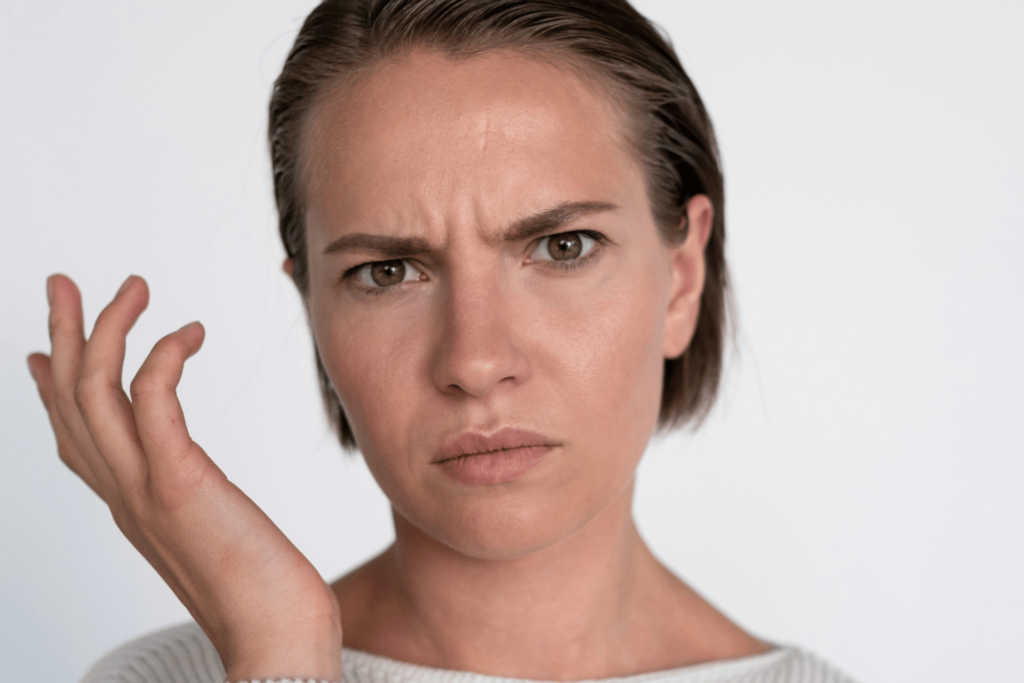
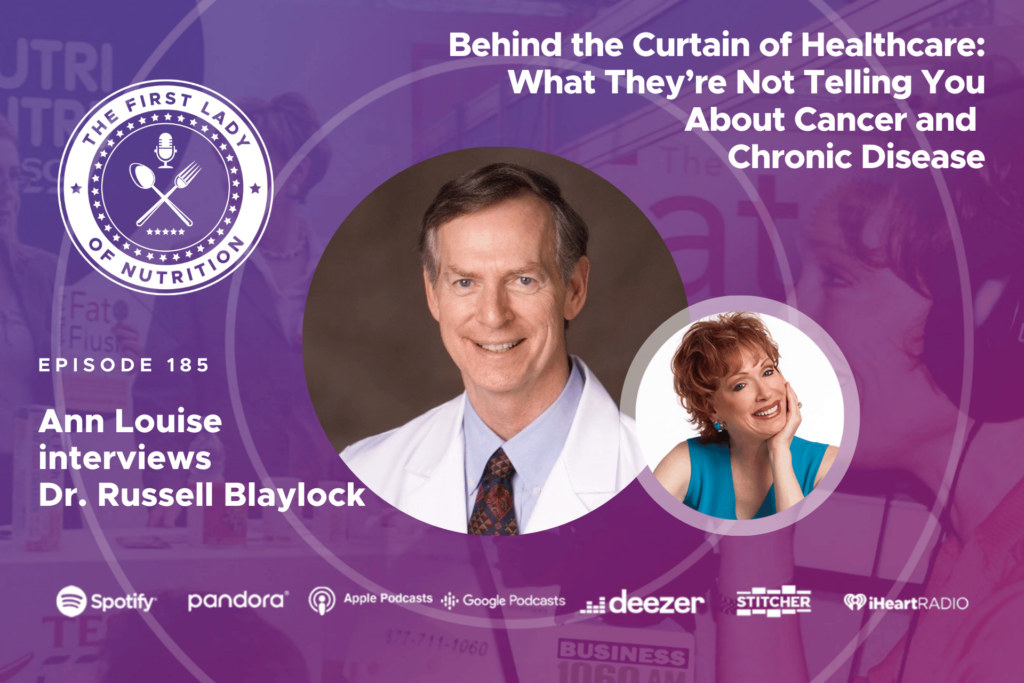
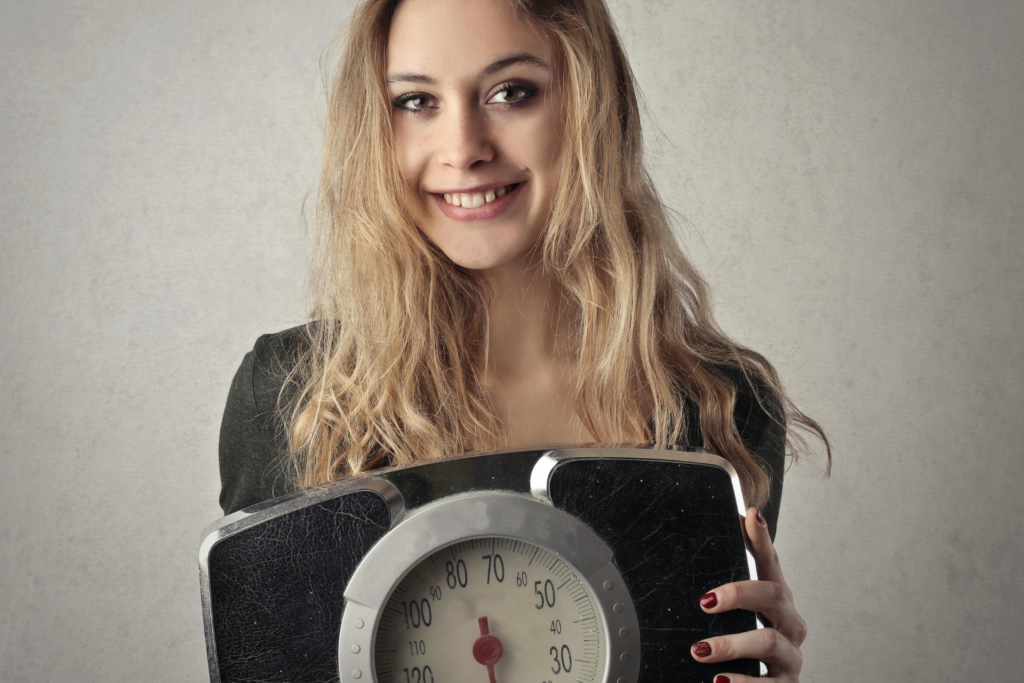
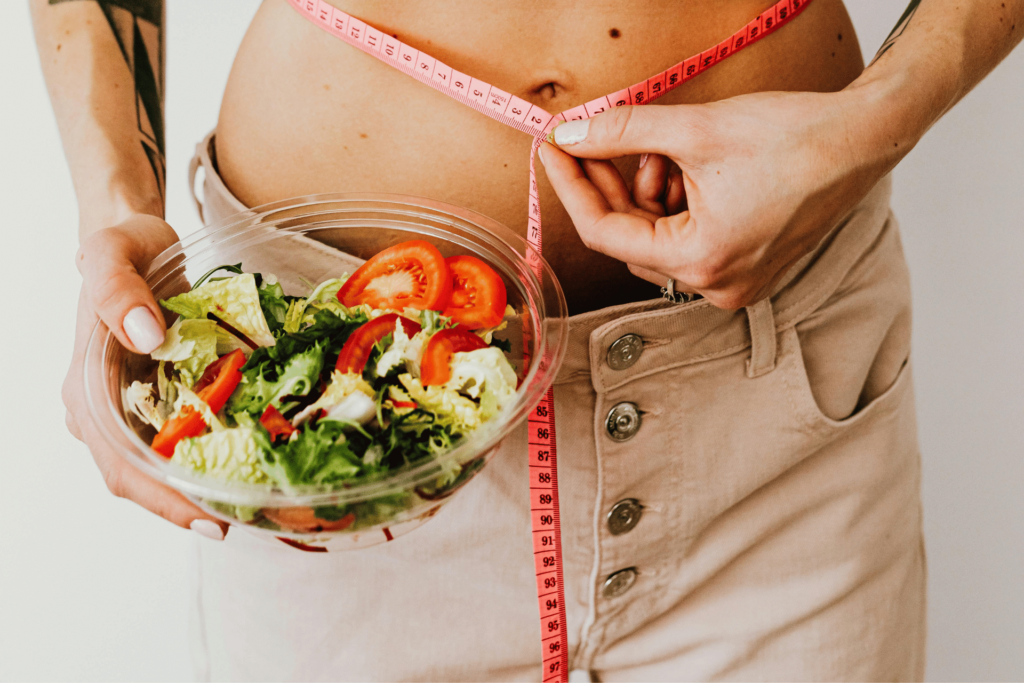
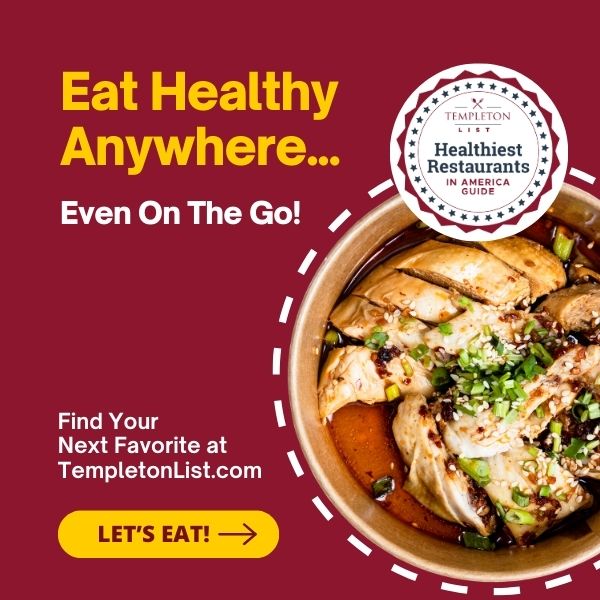
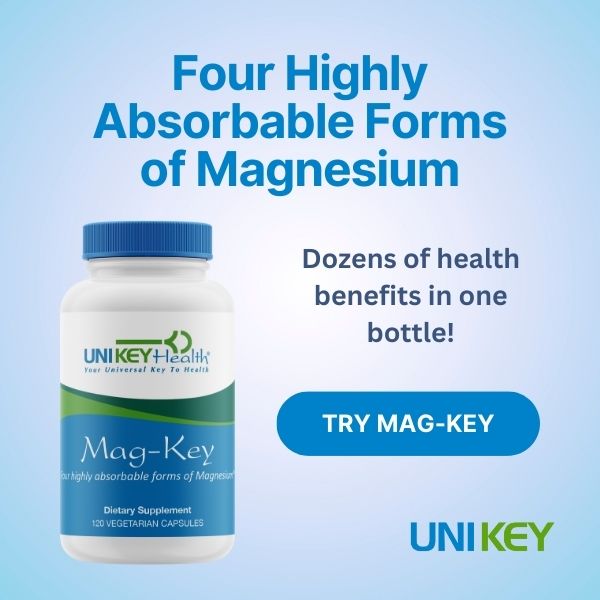
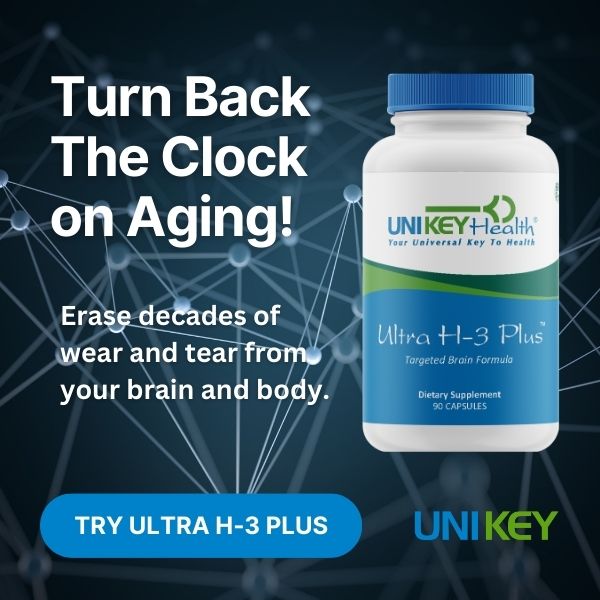
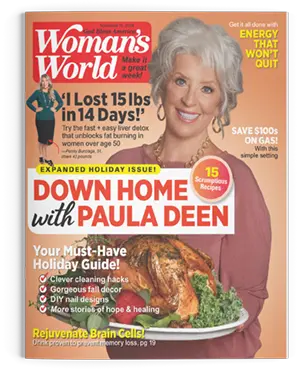
4 Responses
Are you saying you ingest 25,000 IU of vitamin A per day? My doctor keeps telling me not to use Cod Liver Oil because the vitamin A can build up in your liver and become toxic? But I think I’ve also read that being deficient in zinc can cause you to be unable to utilize your vitamin A from your liver, so is there a connection there?
I’m also concerned about taking zinc and avoiding copper as many people already consume some of the supplements that are copper antagonists (vitamin C, MSM, Alpha Lipoic Acid and molybdenum as well as zinc). I’m aware of the biounavailable copper issue as I’ve read (and loved) your last two books but I’ve also heard that the tissue mineral analysis is not a good indicator of mineral status. I’ve been struggling with mineral imbalances for a while now as I’m fighting parasites. I’m hoping that regularly taking inulin will help as you and so many others have indicated. Thanks again for your great books!
yr skin is flawless.i have a problem of open pore.age 32.plz guide me thnx
Dear Maureen:
Your questions are provocative!
Dr. Ann Louise takes 25,000 IUs of vitamin A on a regular basis, especially when
the environment is overly dry – both inside and out. She believes it is a major skin protector and infection fighter. She also considers zinc an important co-factor of vitamin A utlization. With regard to your concern regarding Tissue Mineral Analysis as being a reliable test to assess copper bioavailability, please note that it is the ratio between zinc and copper that is the key not the specific amounts of each mineral. If further testing is warranted, blood mineral testing of both zinc and copper can always be ordered. She has found the results strikinginly similar. The TMAs are easier for most individuals who are budget conscious because it does not necessitate a doctor’s prescription.
On another note, while many individuals are taking copper chelators, like zinc, lipoic acid, MSM and the like, they are still ingesting a high copper diet if chocolate, grains, legumes, tea, and soy are on the menu and if copper is contained in their multi-vitamins. Coupled with the environmental copper overload from dental fillings, water pipes, and xenoestrogens and the lack of zinc-rich foods in many people’s diets, she
still cautions about copper excess and its accompanying symptoms.
PS: Maureen, both zinc and Vitamin A are major parasite fighters. They are the two most essential nutrients to boost immunity and prevent infection.